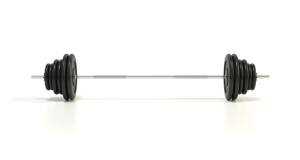- BY Rumer Morley
- POSTED IN Blog
- WITH 0 COMMENTS
- PERMALINK
- STANDARD POST TYPE
A primary focus I have is Tempo; by which we mean the speed of each three phases of any lift:
- Positive (concentric) contraction,
- Static (isometric) contraction,
- Negative (eccentric) contraction,
The reason we vary the speed between the three phases of the lift is due to the differing strength each type of muscular contraction is capable of (see below):
Concentric < Isometric < Eccentric
For this reason the majority of (especially hypertrophic) lifts you will see us and others advise will have a longer eccentric phase of the lift in comparison to the concentric, as the eccentric (negative) phase is stronger than the concentric (positive) contraction. Also, by increasing the length of time each contraction lasts increases the all-important time-under-tension experienced throughout the set!
Isometric holds are also commonly used in our lifts and plans, and the type of isometric contractions experienced are varied too; via different grips, techniques and hand positionings.
Correct tempo (and form!) is the reason the guy at your local gym controlling the weight improves faster than the angry chap throwing the weight around with no distinguishable tempo, control or technique. The contractions ‘guy 1’ will be repeating are of a better quality, and- gym-god willing- he won’t get injured as readily as the swinger (‘guy 2’); although this isn’t always the case, unfortunately!
During your next session concentrate on proper form and a given, consistent tempo. An example tempo for a set of 6-8 reps on a given exercise is shown below:


